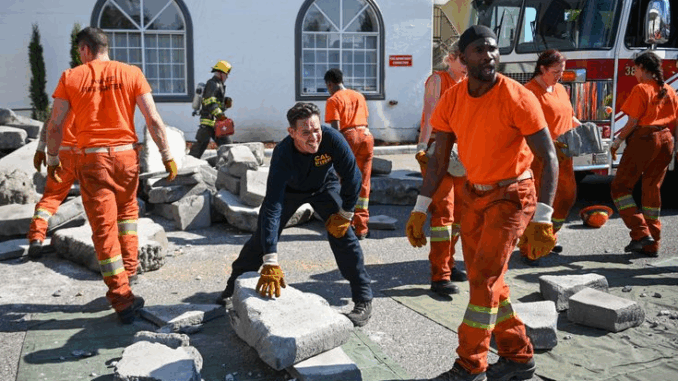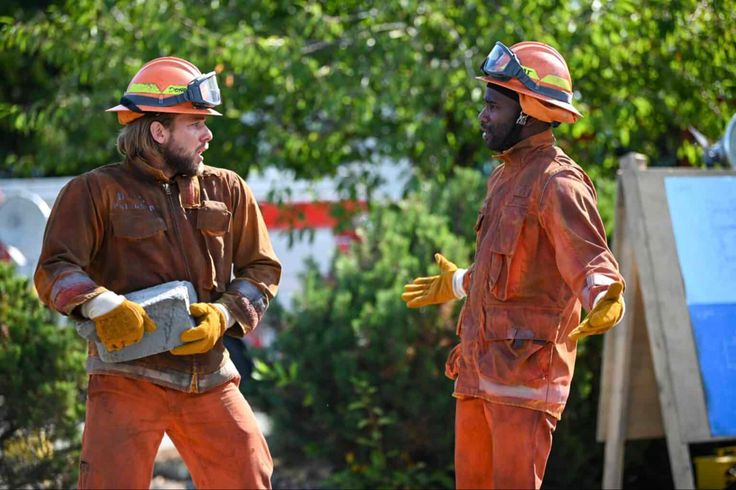
The Firestorm That’s No Longer Fiction
In Fire Country, audiences are thrust into the relentless chaos of California wildfires — a world where heat, smoke, and panic collide with courage, teamwork, and sacrifice. While the show delivers gripping drama and compelling character arcs, it also serves as an unflinching reflection of a disturbing truth: the wildfire crisis is no longer just a backdrop for fiction — it’s a growing, global threat fueled by climate change.
The writers of Fire Country skillfully interweave real-world ecological concerns into their narrative fabric. Wildfires in the series aren’t just random occurrences; they are systemic, frequent, and increasingly severe — mirroring the data scientists have been shouting from rooftops for years. Through the lens of the show, viewers get an urgent glimpse of how climate change has made “fire season” a year-round danger.
Portraying the Escalation of Wildfire Threats
The intensity and frequency of fires depicted in the series are not exaggerated for drama’s sake. In reality, longer droughts, rising temperatures, and shifting weather patterns have drastically increased wildfire activity in the western United States. Fire Country reflects these ecological shifts with terrifying accuracy: scenes of massive blazes tearing through forests, threatening towns, and overwhelming even the most seasoned firefighting crews highlight the unsustainable pressure placed on emergency services.
But more importantly, the show goes beyond the spectacle. It thoughtfully explores the ripple effects these disasters have — from displaced families and traumatized survivors to the financial strain on municipalities and the emotional toll on firefighters themselves.
A Ground-Level View of Environmental Collapse

One of the show’s great strengths is its commitment to showing the human impact of environmental degradation. Viewers aren’t just watching trees burn; they’re watching communities suffer. The fictional town of Edgewater becomes a symbol for hundreds of real communities that must now regularly brace for destruction.
The inmate firefighter program also adds an interesting environmental justice layer. Many of the inmates in real-world programs come from underprivileged backgrounds, yet they are the ones fighting the very fires sparked by decades of governmental neglect and climate denial. Fire Country captures this tragic irony with compassion and depth.
The Science Behind the Drama
Episodes often include briefings, weather updates, and strategic decisions that reflect the scientific precision required in wildfire management. These nods to real-life fire science — such as monitoring wind patterns, humidity levels, and containment percentages — educate audiences without disrupting the narrative flow. They also reinforce the reality that wildfire fighting is a war of knowledge as much as strength.
This attention to accuracy makes Fire Country a valuable piece of climate communication. Viewers aren’t just entertained — they’re informed, emotionally invested, and perhaps even motivated to take action.
A Call for Awareness and Preparedness
What ultimately sets Fire Country apart is its message: climate change isn’t coming — it’s here. And the flames are closer than you think.
By dramatizing the heroism required to fight wildfires and the devastation they leave behind, the series subtly encourages a more proactive conversation about environmental stewardship, policy change, and community preparedness. It urges us not to wait for the next inferno to react, but to begin planning for resilience today.
